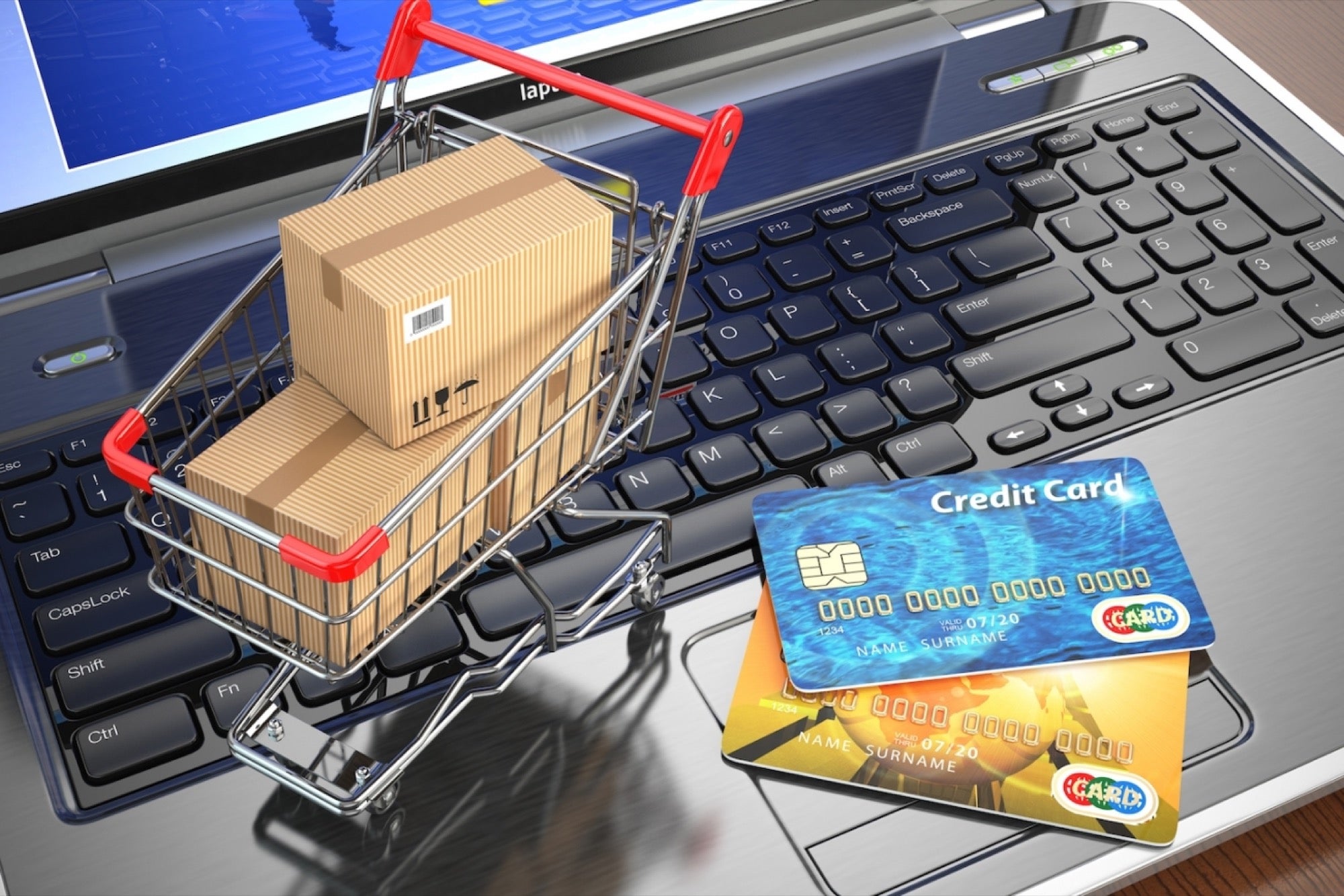He Designed Peloton and SoulCycle Bikes. Now He's Made a Tool to Stop COVID-19. The Thermal Guardian can spot people who have fevers, so they don't spread disease to others.
By Jason Feifer

Eric Villency usually creates consumer products. He's the CEO of Villency Design Group, which develops and designs products across industries — working with clients as varied as Equinox, NBC and Ritz-Carlton, along with creating the bicycles for both Peloton and SoulCycle.
But as COVID-19 began taking over the world, Villency started thinking about how he could pivot to help. He has an extensive network of suppliers and manufacturers, and knew he could get something to market faster than many others. So in one month, he created Thermal Guardian, an intelligent body temperature monitoring device that can scan any space and identify people who are running a fever. That way, they can be directed away from crowds — potentially stopping the spread of disease.
The product just launched, and it has already been installed in some residential buildings in New York. He's currently in talks with several other developments around the country. In this interview, he explains how he moved quickly from concept to execution, how he rethought his process in a time of scarcity, and how other entrepreneurs can step up and create their own solutions during this crisis.
Once the severity of COVID-19 became clear, you wanted to do something to help. So you looked at your skill sets, your team, your available resources, and … then what? How did you figure out what to do next?
Having traveled to and conducted business in Asia for many years, I saw firsthand how seriously those societies take infectious diseases. During these visits, I saw that temperature monitoring was critical to identify people who should avoid being in public. So after reading the news for a few days last month, it was clear that my knowledge of the area, our international network and speed-to-market experience could be of broader help.
I called the manufacturers, engineers and software developers I regularly work with to identify the most reliable hardware for passive, wide-area temperature monitoring. With that information, I designed a very simple user interface and hardware system that could be implemented quickly — because time is such an important factor.
Once the design was in production, I started connecting with friends and businesses we've collaborated with in the past. The interest was immediate; we just completed the first installation at the Hotel des Artistes building in New York's Upper West Side. So many clients I've worked with, especially restaurants and hotels, have been forced to close, and I wanted to create a simple, turnkey system that can enhance public safety and allow businesses to reopen with more peace of mind and a sense of social responsibility.
What was the greatest challenge or problem you faced as you developed the product?
The supply chains are very strained right now, and there are challenges producing equipment that is in high demand. This is evident in the extreme backlog of items like PPE and ventilators. It was difficult producing inventory and getting it shipped to the United States.
I made direct calls to factories that had experience producing the specialized components we needed for the units, and now was the time to call in favors from the logistics companies I have dealt with for decades. This enabled me to expedite air freight shipping, which is traditionally difficult to clear quickly.
Given how fast you needed to get this to market, I'm guessing you had to do things differently than you usually do. How did you change your product-development process?
The key was utilizing reliable and battle-tested hardware components that already existed, like black light radiation and specific camera components. I take a lot of pride in creating compelling designs with an attractive form, but because we had to move quickly — and didn't have time to create custom molds — these initial units are more utilitarian than we would typically make.
A COVID-19 solution also needs to scale very rapidly — we need solutions in people's hands now, not in weeks or months. How did you get everyone in your supply chain to scale up as quickly as possible?
I had an idea for the system that I knew I could take to our partners, and I conceptualized what needed to happen to produce it as quickly as possible. The blackbody radiation hardware is in high demand right now, so it was critical to be able to secure manufacturing capacity to produce the units and have inventory available. The gravity of this crisis created a unifying motivation among our suppliers to come together, remove red tape around shipping and help get society back on track. That mindset was critical to making this happen.
For example, most OEM (original equipment manufacturing) involves a good deal of back and forth with the supply chain to ascertain the size of the potential production and negotiate prices and specifications. There can also be friction between production managers (who are cost- and quality-motivated), designers (who are protective of their concept) and engineers. But in this window, everyone was squarely focused on solutions and support.
At scales large and small, many entrepreneurs want to help. What's your advice to them?
The challenges of running a business in this environment can be overwhelming, but they are also an opportunity to effect positive change. I would tell my fellow entrepreneurs to draw on our collective experience facing adversity. Call on your network and harness the creativity and problem-solving skills we've spent years building. People want to see leadership right now. This is the window to lean in and find solutions that can aid recovery.












